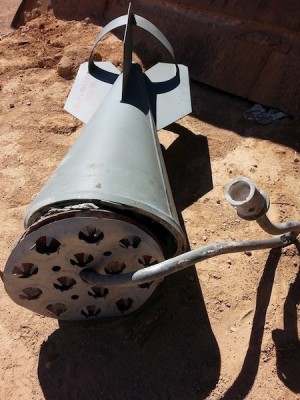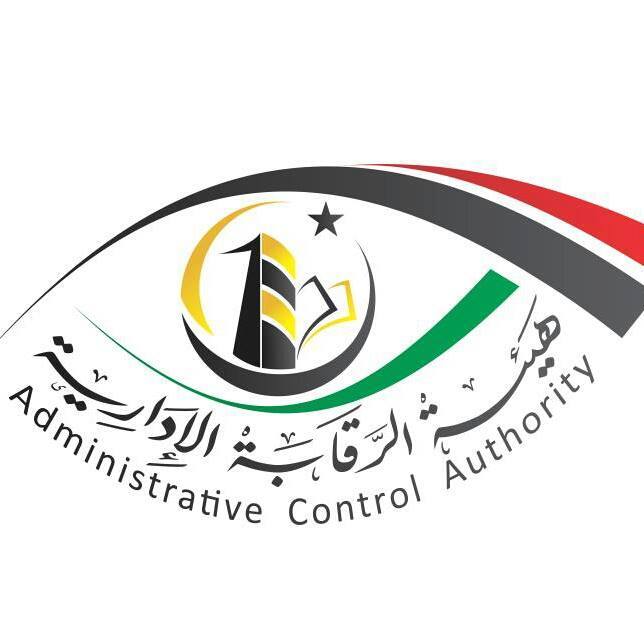By Libya Herald staff.

Tripoli, 15 March 2015:
There is now credible evidence of cluster bomb use in Libya since December 2014, Human . . .[restrict]Rights Watch (HRW) said in a report today, which has led the organisation to call on the internationally-recognised government to secure and destroy any and all stocks of cluster munitions.
Furthermore, HRW said that Libya should join the 116 nations who are part of the 2008 Convention on Cluster Munitions, prohibiting their use under any circumstance.
After reviewing photographic evidence and conducting phone interviews with witnesses, HRW has determined that remnants of RBK-250 PTAB 2.5M cluster bombs were found at Bin Jawad in February 2015 and at Sirte in March. The casings were in good condition and were not weathered, indicating that they had not been on the ground long and were from a recent attack.
The Libyan Air Force recently bombed both locations, but has denied using cluster bombs. In an 11 March interview Brigadier General Saqr Al-Geroushi, commander of the Libyan Air Force, denied that any of the forces under his command had used cluster bombs, saying the Air Force had no access to them.
“While the airstrikes continue every day against militias, the Libyan Army has access to only traditional, heavy munitions such as what was used during the Second World War,” he said. “We have no cluster munitions.”
Because of the indiscriminate nature of the weapon, the use of cluster munitions in populated areas violates the laws of war. Dozens of small bomblets, called sub-munitions, are carried in a rocket or a bomb. Once launched, the rocket opens up, dispersing submunitions designed to explode when they hit the ground, HRW explained.
The bomblets will spread indiscriminately over an area as large as a football field, putting anyone in the area, including civilians, at great risk. Many submunitions fail to explode on impact, said HRW an effectively became landmines which needed to be cleared by bomb disposal specialists.
Cluster munitions were used by Qaddafi’s forces in Chad during the 1986-1987 conflict, as well as in Misrata, Ajdabiya, and the Nafusa Mountains during the 2011 Revolution. Once Qaddafi was toppled anti-government forces and civilians gained access to weapons depots containing hundreds of thousands of landmines and other weapons, including cluster munitions. HRW said that there has been no systematic or coordinated stockpile or destruction effort by the Libyan government or international actors. [/restrict]









